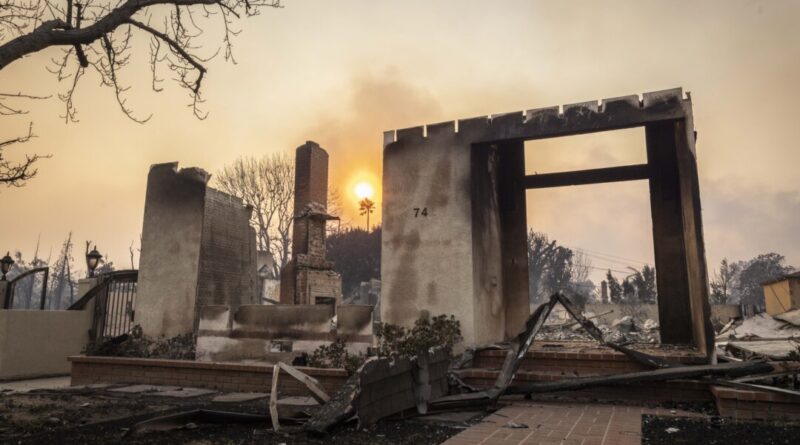Strategies California Can Implement to Reduce Disaster Impact
Analysis
It is widely recognized that natural disasters can occur sporadically across any nation or U.S. state. Individuals must prepare for a range of events, including avalanches, blizzards, droughts, earthquakes, fires, floods, hurricanes, mudslides, tornadoes, and volcanoes.
Despite efforts to prepare for these occurrences, they can inflict significant destruction and loss of life. In California, droughts, earthquakes, wildfires, and strong winds often present serious challenges.
Nonetheless, both agencies and individuals can work to reduce the potential devastation. For instance, structures constructed to compliance standards and retrofitted as needed are more likely to endure seismic activity. In wet years, excess rainwater can be captured to help mitigate drought conditions in years with scant rainfall.
Potential Solutions
As previously stated, while thorough preparation may not prevent a natural disaster, it can indeed lessen the resulting chaos. In the context of fires during dry spells in California, several proactive measures can help minimize damage to properties, businesses, and vegetation.
First, it is crucial to prioritize funding within local and state budgets. The government’s primary responsibilities include safeguarding individual freedoms and ensuring public safety. Instead of allocating excessive taxpayer funds to issues like homelessness and high-speed rail, more investment should go towards firefighting resources, personnel, and law enforcement to be better equipped for any emergency.
Secondly, it’s essential to ensure that there are sufficient reservoirs and other storage solutions to prepare for dry years when fire risks are heightened. These facilities should be ready for emergencies, and fire hydrants must be in proper working order. Additionally, coastal desalination plants can supply extra drinking water during prolonged droughts.
Fourth, local and state funding should focus on improved forest management practices, such as trimming underbrush that can proliferate during wetter seasons. Moreover, safe controlled burns can be executed to reduce excess brush and dead timber. Parks of varied sizes should prioritize human and wildlife safety by regulating vegetation levels that could contribute to fire risks.
Fifth, during significant fire emergencies when resources are stretched a thin, private firefighting companies should be engaged, provided they have trained and seasoned personnel. These additional crews can support local and state fire departments in combating fires more rapidly.
Sixth, it is imperative to educate youth on various fire scenarios and the importance of fire prevention. Fires can be ignited by both human action and natural causes, such as lightning. While fire can be useful, it can also cause havoc if managed irresponsibly. Caution should be exercised when using outdoor grills or campfires, and these should be thoroughly extinguished after use. Additionally, such fire sources should be avoided during high wind conditions.
Seventh, homeowners can take charge of fire prevention by maintaining a reliable water supply alongside hoses and ensuring that their vegetation remains damp. Swimming pools can also serve as a water resource during a fire. Moreover, electrical systems in homes should be regularly checked for any worn or loose wiring, and having fire extinguishers readily available is a wise precaution. It’s also crucial to store flammable materials properly.
In conclusion, all of these measures should be implemented promptly, as fire disasters are unlikely to become obsolete. They can, however, be moderated through reasonable, informed policies that ultimately save lives and protect property. Effective mitigation requires appropriate funding, preparation, readiness, and training to either prevent fires or lessen their impact in the state.
The opinions expressed in this article are those of the author and do not necessarily represent the views of The Epoch Times.


